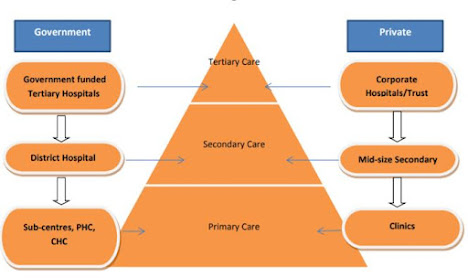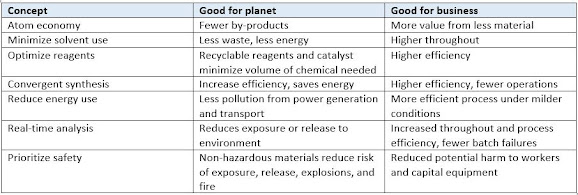Healthcare Global Enterprise Ltd. - Company Overview

Healthcare Global Enterprise Ltd. - India's Leading Oncology Focused Network Background Established in 1989, Healthcare Global Enterprises Limited (HCG), is present primarily in the oncology field with the largest cancer care network (with 22 cancer care centers as of December 2021) and three multi-specialty hospitals. It is promoted by Dr. B.S. Ajai Kumar, practicing radiation and medical oncologist with over 30 years of experience. Originally established with a single cancer care center, the Bangalore Institute of Oncology (BIO), at Bangalore by Dr. B.S. Ajai Kumar and four other oncologists, the company has rapidly expanded its presence to Ahmedabad, Chennai, Nasik, Ranchi, Rajkot, Cuttack, Hubli, Mumbai, Nagpur, Vizag, and Vijayawada, among others. The company is now present across the oncology value chain, offering services from prevention, screening, diagnosis, and treatment to rehabilitation, supportive care, and palliative care. Pursuant to the Investment Agreement enter




